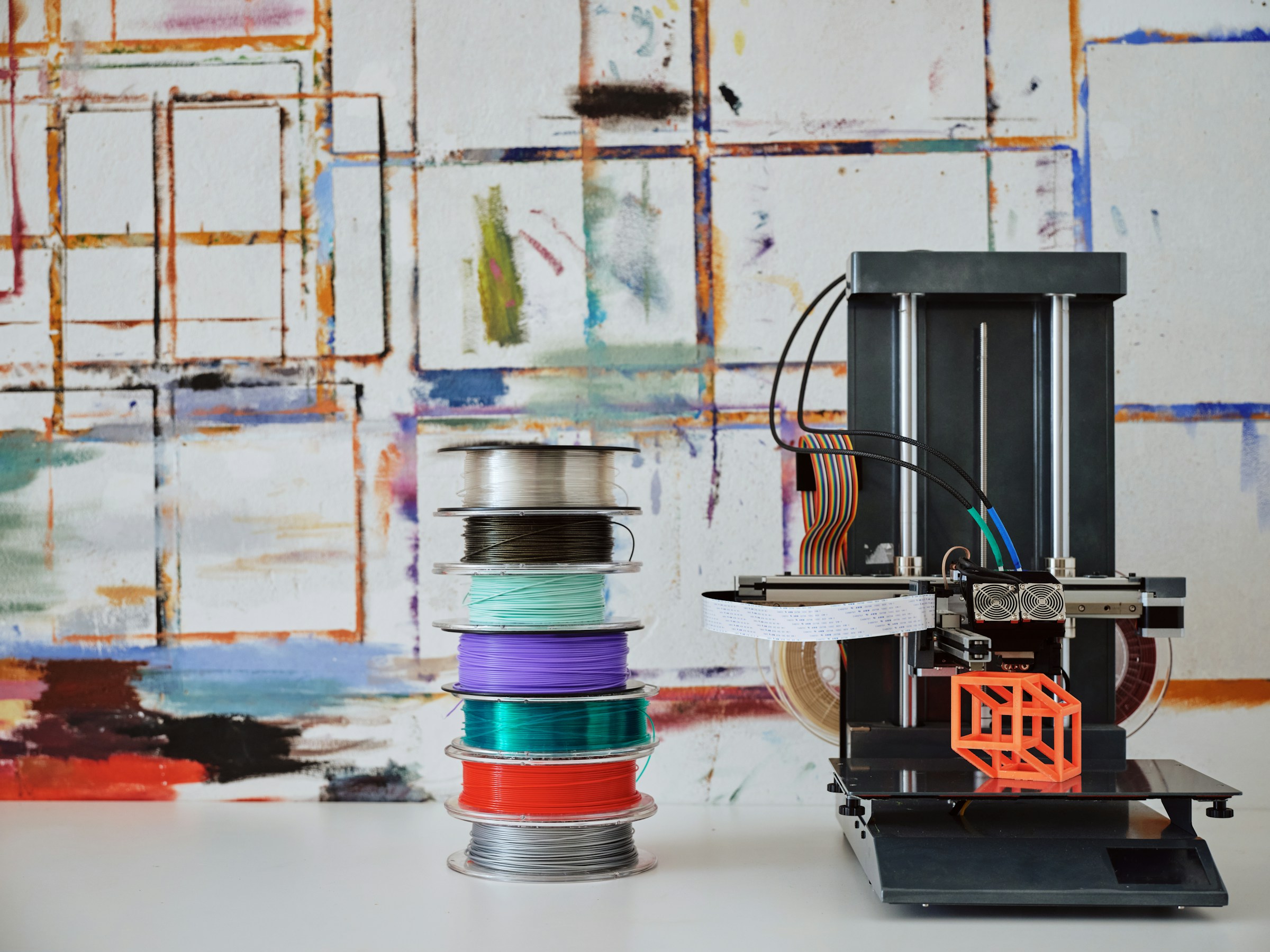
How to Price 3D Printing Jobs Accurately
Published on July 28, 2025
Setting the right price for your 3D printing services can make or break your business. The price is too high, and you risk losing customers to competitors offering lower prices. The price is too low, which eats into your profit margins, or worse, forces you to operate at a loss.
Accurate 3D print quoting is about more than just guessing a price per gram. It requires a precise examination of every cost factor: machine time, material usage, infill settings, supports, labor, and hidden expenses such as failed prints.
In this guide, you’ll learn how to break down these variables, avoid undercharging, and see why automating your quotes can help you run a more profitable, sustainable print business.
Why Manual 3D Printing Cost Estimates Fall Short
Many small print shops and makerspaces still rely on spreadsheets or gut instinct when quoting a new job. While this may work for the occasional one-off, it quickly becomes a liability when you’re handling multiple requests daily or running a full-scale print farm.
Manual calculations can:
- Overlook hidden material costs, such as supports and waste.
- Miss labor time for post-processing and packaging.
- Leads to pricing inconsistencies that frustrate repeat clients.
- Take valuable time away from actual production.
A more innovative approach is to break down your pricing into predictable, repeatable variables and automate the quoting process wherever possible.
The 5 Core Factors in 3D Printing Cost Calculation
Here’s how to approach accurate 3D print quoting step by step:
1. Machine Time
Your printer’s runtime is a significant factor in determining its cost. Every hour of printing incurs electricity costs, machine wear and tear, and the opportunity cost of not printing other jobs.
How to estimate it:
- Use your slicer software’s estimate as a baseline.
- Add buffer time for setup and maintenance (bed leveling, filament swaps).
- Apply an hourly rate that covers your machine’s depreciation plus your profit margin.
2. Filament or Material Use
Filament costs vary by type; standard PLA may be cheap, but specialty resins or composites can double or triple your costs.
How to calculate it:
- Your slicer will show the estimated filament length or weight.
- Know your cost per kilogram and convert that to cost per gram.
- Add a small overage for material waste or spools that don’t run 100% efficiently.
3. Infill Percentage
Infill settings directly affect the amount of filament you’ll use. More infill means more material and longer print times, but also stronger parts.
Best practice:
- Clarify infill needs with the customer.
- Prices are higher for high-infill jobs that require more material and time.
4. Supports and Rafts
Support structures and rafts are extra materials that don’t end up in the final product, but you still pay for them.
How to handle them:
- Include support material in your cost estimate.
- Factor in extra labor for removing supports and finishing surfaces.
5. Labor and Post-Processing
Don’t forget your time. Post-processing, packaging, and shipping add real labor hours.
Common tasks include:
- Removing supports, sanding, or painting.
- Quality checks.
- Packing and labeling orders for delivery.
Always include an hourly labor rate for these tasks in your final quote.
Example: Real-World 3D Printing Cost Breakdown
When you request a custom 3D print, you’re not just paying for the plastic; you’re paying for time, expertise, and a process that ensures quality from start to finish. Here’s a breakdown of what goes into pricing a typical project:
- Machine time: For this example, the print runs for 4 hours. At a standard machine rate of $5 per hour, that’s $20 per hour.
- Filament: We estimate using approximately 50 grams of filament at $0.05 per gram, which adds $2.50 to the cost.
- Supports & extra material: Complex prints require additional supports, which incur an additional $1.00 charge.
- Post-processing: Once the print is done, it often needs cleaning, sanding, or assembly. We estimate approximately 30 minutes of labor at $20 per hour, which comes to $ 60.
That brings the total production cost to $33.50. From there, we add a 30% profit margin ($10.05), which covers operational expenses and ensures that we can continue to provide reliable, high-quality services.
Final quoted price: $43.55.
This transparent breakdown helps you understand precisely where your money goes and why pricing can vary depending on the complexity, materials, and finishing required for your project.
Why Automating 3D Print Quoting Makes Sense
Trying to run this calculation manually every time isn’t scalable. More importantly, it’s risky; small mistakes add up to lost profits or unhappy customers.
An automated quoting tool:
- Processes STL files to calculate dimensions, volume, and estimated weight instantly.
- Applies your pricing logic consistently, every time.
- It saves you and your staff hours of back-and-forth with customers.
- Delivers instant quotes to your website visitors, improving your conversion rates.
This is where a WordPress plugin like the PikoCode 3D Print Pricing Calculator comes in.
It allows your customers to upload STL files directly to your site, instantly calculates machine time, filament, infill, and supports, and displays an accurate price, all without requiring manual admin work.
Start Quoting Your 3D Print Jobs Better
Pricing your 3D print jobs accurately shouldn’t be guesswork. When you break down machine time, material use, infill, supports, and labor, you protect your margins and build trust with your customers.
And when you automate the process, you reclaim your time for what matters most, growing your business and producing quality prints.
Quote faster and better with a 3D Print Pricing Calculator on your WordPress site and see how easy it is to automate quoting for every STL upload.